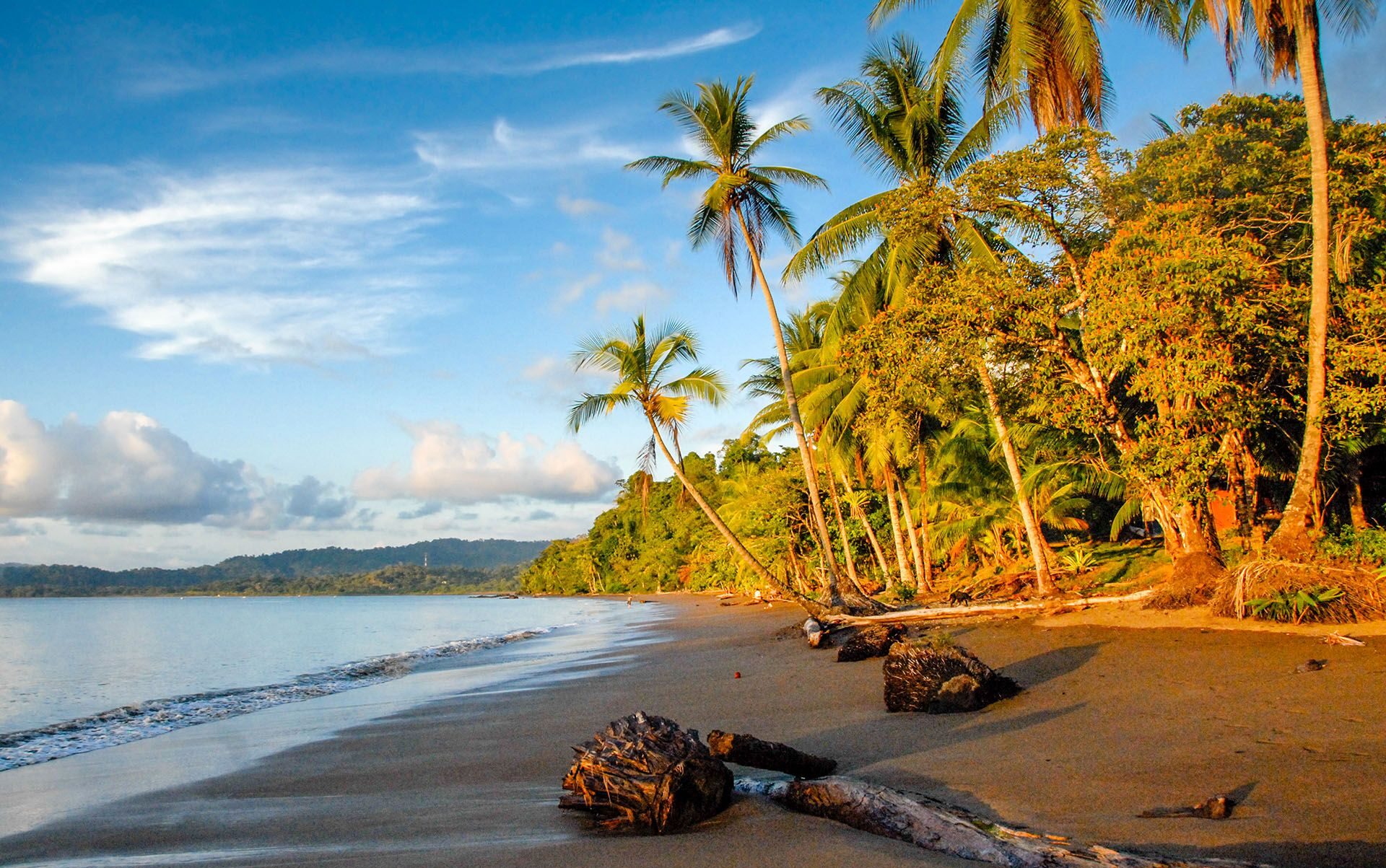Costa Rica's Hidden Gem
Drake Bay
Nestled in the northern Osa Peninsula, Bahía Drake (Drake Bay) is a secluded paradise of pristine beaches, lush rainforests, and vibrant wildlife. Named after the English privateer Sir Francis Drake, who reportedly anchored here in the 16th century, this bay remained largely untouched until the late 20th century. Today, it is a hub for eco-tourism, offering unparalleled access to both land and marine ecosystems.
One of Bahía Drake’s major attractions is Caño Island, a biological reserve with a rich history. Once an ancient burial site for pre-Columbian indigenous peoples, the island now serves as a haven for marine life and offers some of the best snorkeling and diving spots in Costa Rica. Its turquoise waters are home to vibrant coral reefs, sea turtles, reef sharks, and manta rays. Visitors often combine a trip to Caño Island with whale watching, as the waters surrounding the island are a migratory route for humpback whales.
Along Puerto Jimenez, it’s another gateway to Corcovado National Park, known for its staggering biodiversity. Adventure seekers can hike through lush rainforests, explore secluded beaches, or kayak through the mangrove forests, while those seeking relaxation can enjoy the tranquility of the bay’s calm waters.
What to do in Drake Bay:
- – Explore Corcovado National Park via Sirena or San Pedrillo Ranger stations.
- – Snorkel or dive around Caño Island.
- – Kayak through mangrove forests.
Tips:
– Hire a local guide for a personalized experience. The best time for diving & snorkeling it’s from December to April. Once in the region, local boat services can take you to various destinations, including Caño Island and the nearby beaches.
How to get to Drake Bay:
Drake Bay is accessible by both land and air.
By Plane: There are daily domestic flights from San José to Bahía Drake, operated by airlines like Sansa. The flight takes about 40 minutes.
By Land: For those who prefer driving, you can reach Drake Bay from San José by taking the Interamericana Highway (Route 2) to Palmar Norte, and then continue on Route 245. This scenic drive takes approximately 6-7 hours, with some sections best navigated with a 4WD vehicle, especially during the rainy season.


